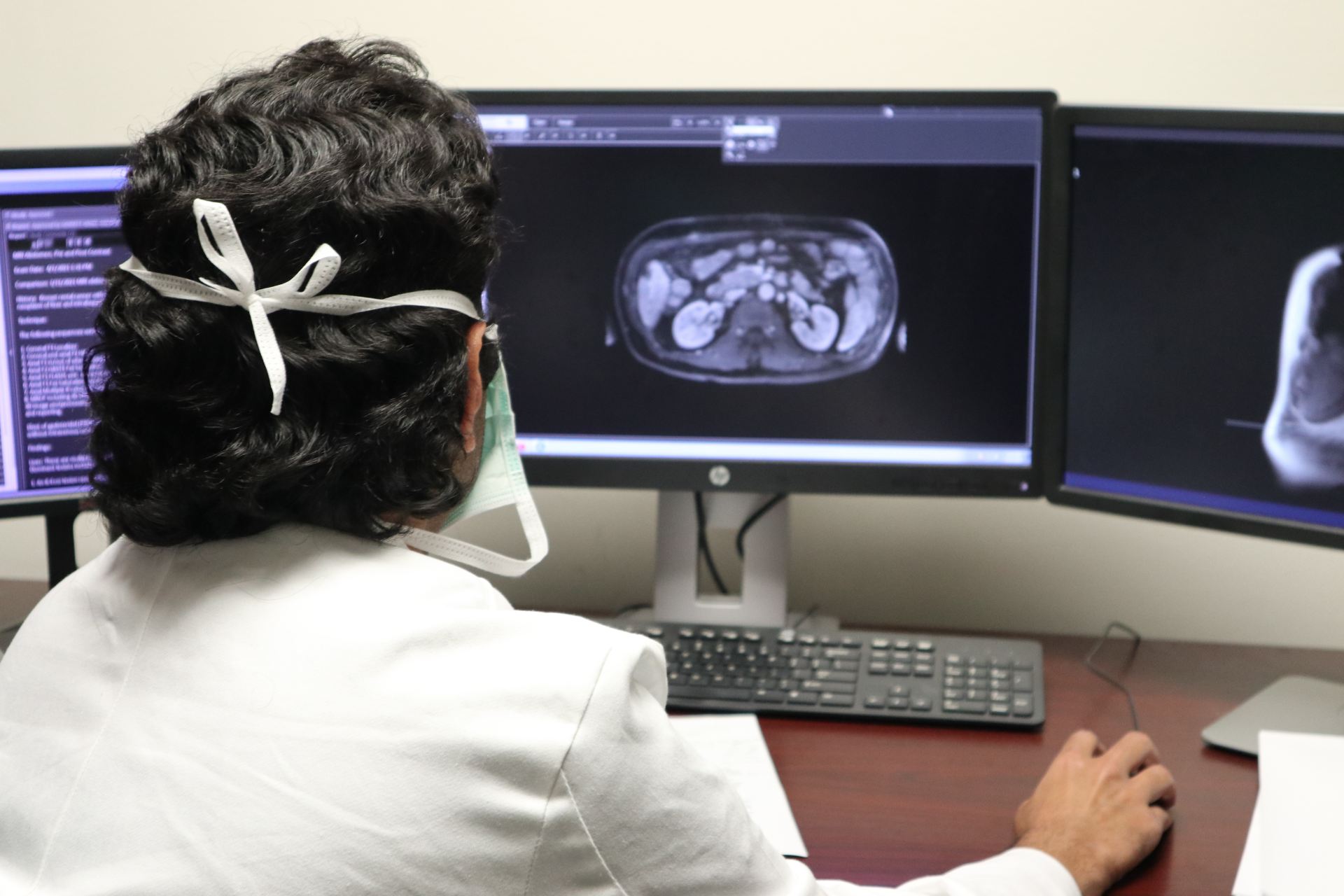Uterine Artery Embolization for Uterine Fibroids
Uterine fibroid embolization (UAE) is a minimally invasive treatment for symptomatic uterine fibroids causing abnormal pain or bleeding.
SYMPTOMS:
Fibroids are growths that form in the muscle of the uterus. They are almost always benign (not cancer). Fibroids can cause changes in menstrual periods, especially heavy bleeding and bleeding that lasts more than seven days.
Bulk symptoms from an enlarged uterus and abdomen including:
-
- Pain in the abdomen or lower back
- Pain during sex
- Pressure in the lower abdomen, causing problems with urination and bowel movements
- Problems with fertility and pregnancy
CANDIDATES FOR UTERINE ARTERY EMBOLIZATION:
This procedure is best for women who:
-
- Have been diagnosed with uterine fibroids and experience some or all the the symptoms described above
- Have persistent bleeding, anemia, or heavy menstrual periods
- Are unable to manage the symptoms the fibroids with medication
- Are either ineligible or not interested in traditional surgery
WHAT IS UTERINE ARTERY EMBOLIZATION:
A tiny catheter is inserted into the artery in your wrist or groin and guided into the vessels that supply blood to the uterus. Once the catheter is in place, dye is injected to map the blood vessels that feed the uterus and the fibroids.
Next FDA-approved microparticles are injected through the catheter into the blood vessels to reduce blood supply to the uterus and the fibroids.
After the procedure, the fibroids will shrink. Bleeding symptoms usually decrease right after the procedure and bulk symptoms usually improve within a few weeks to a few months after the procedure.

To learn more about uterine artery embolization, call 833-456-2788 or request an appointment online.
BENEFITS:
Compared to a hysterectomy or myomectomy, a UAE typically:
-
- Can be performed with a sedative and local anesthesia
- Involves a shorter hospital stay
- Allows you to go back to work and other activities sooner
- Has lower rates of blood transfusion
RISKS:
Pain and cramping are expected postprocedure and may last for up to a week after the procedure. Most pain can be controlled with medication and in some cases, no hospital stay is required. The risks are also lower than surgery. Rare complications of the procedure include:
-
- Bleeding, infection, or bruising
- Injury to an artery or to the uterus
- Problems with a future pregnancy
- Problems with the ovaries or premature menopause, especially if you are age 45 or older
- Delayed diagnosis of a rare cancer that was mistaken for a fibroid

